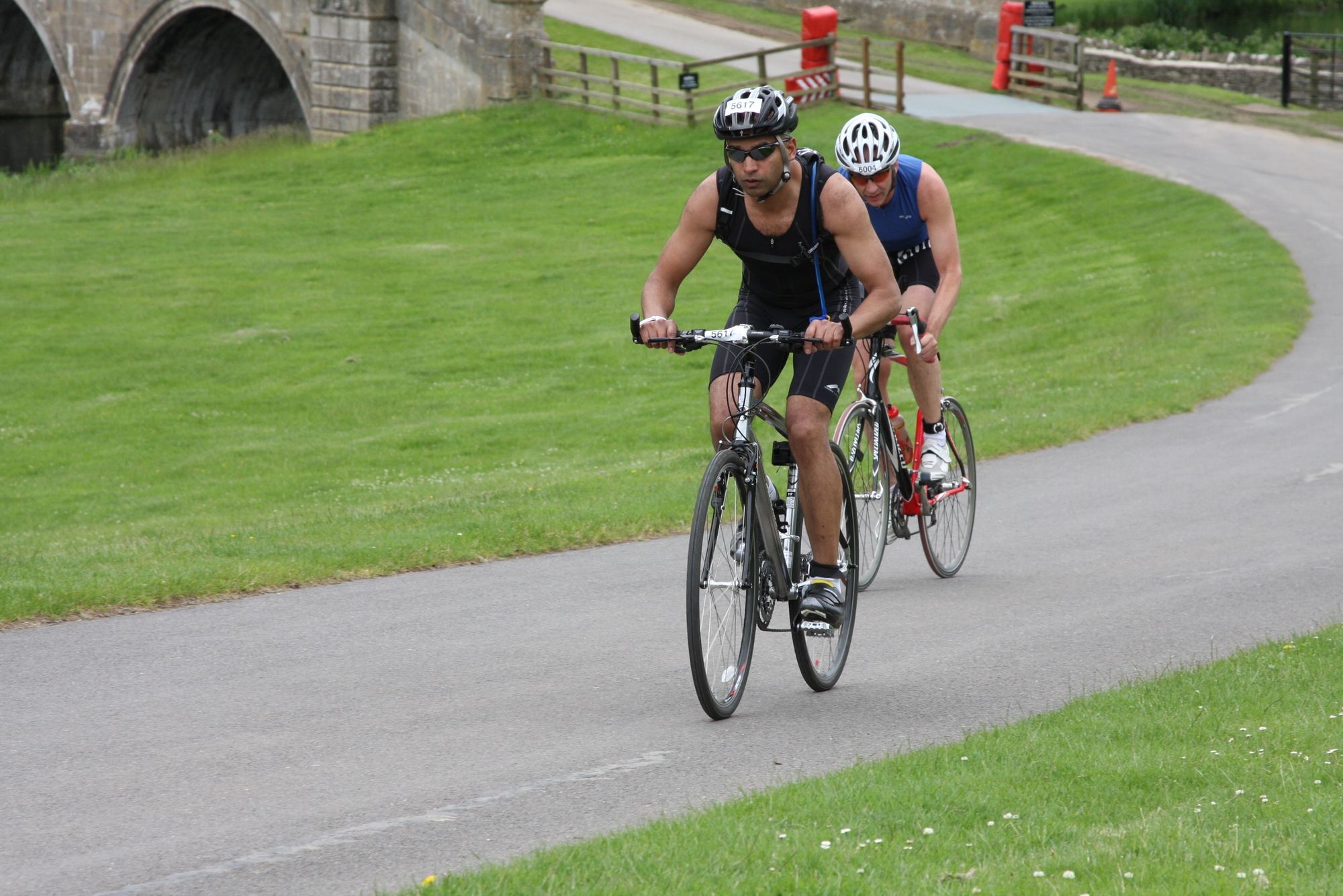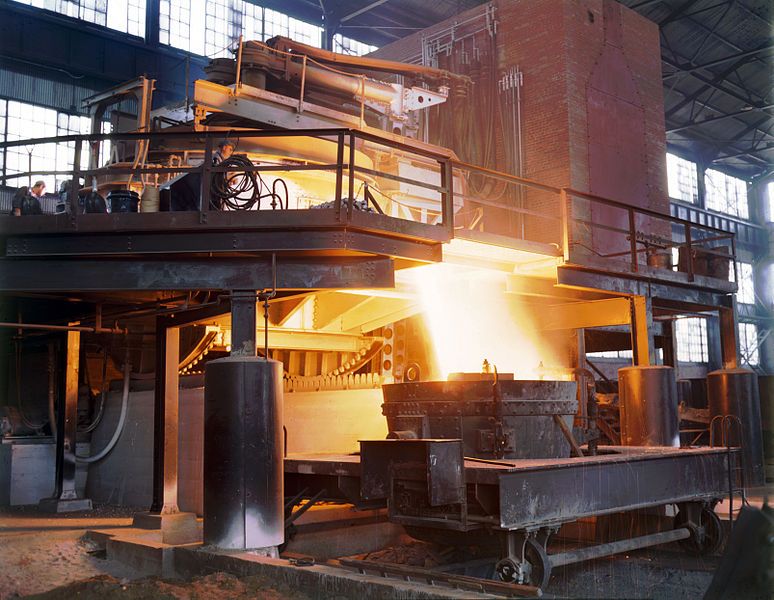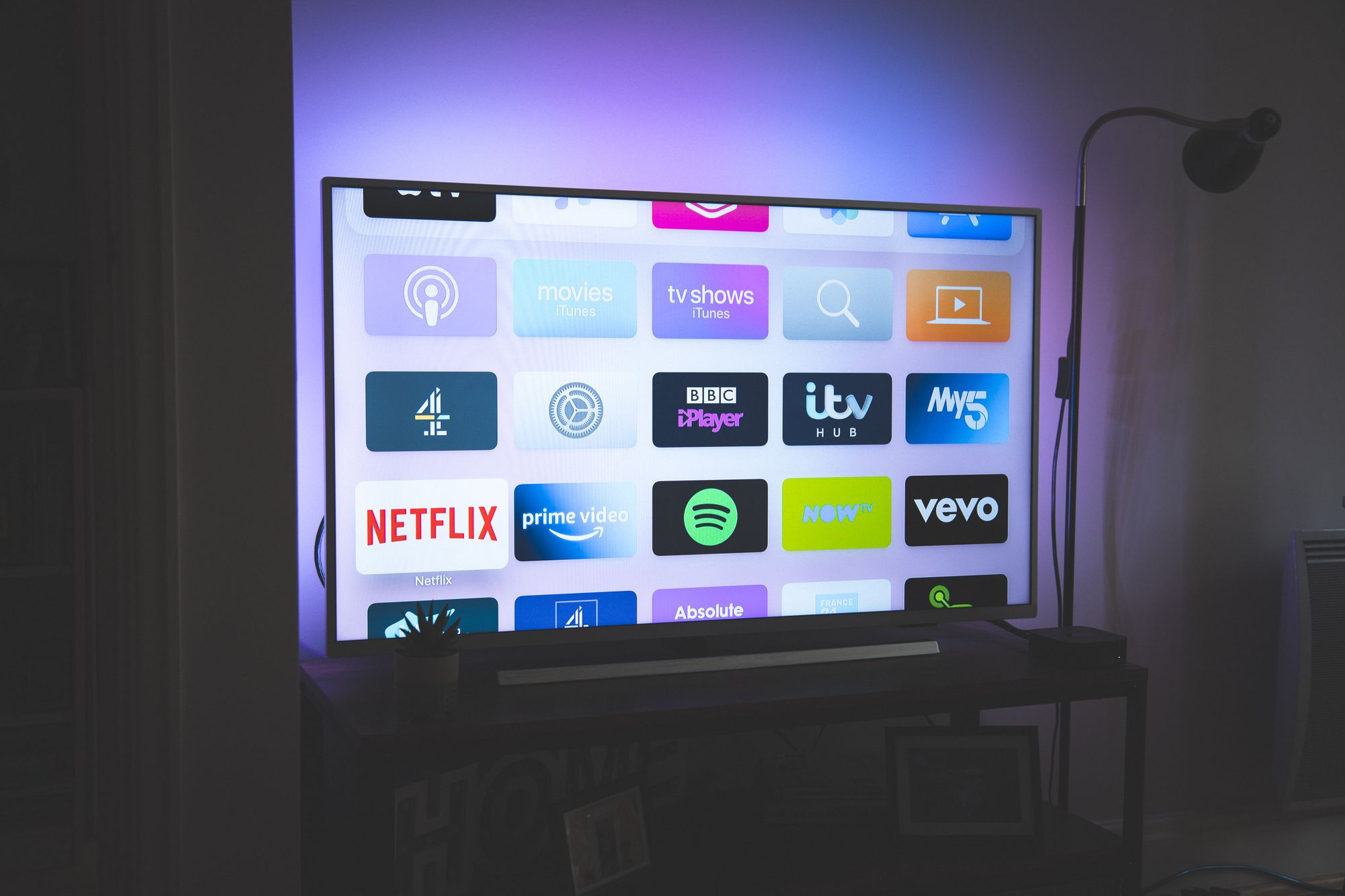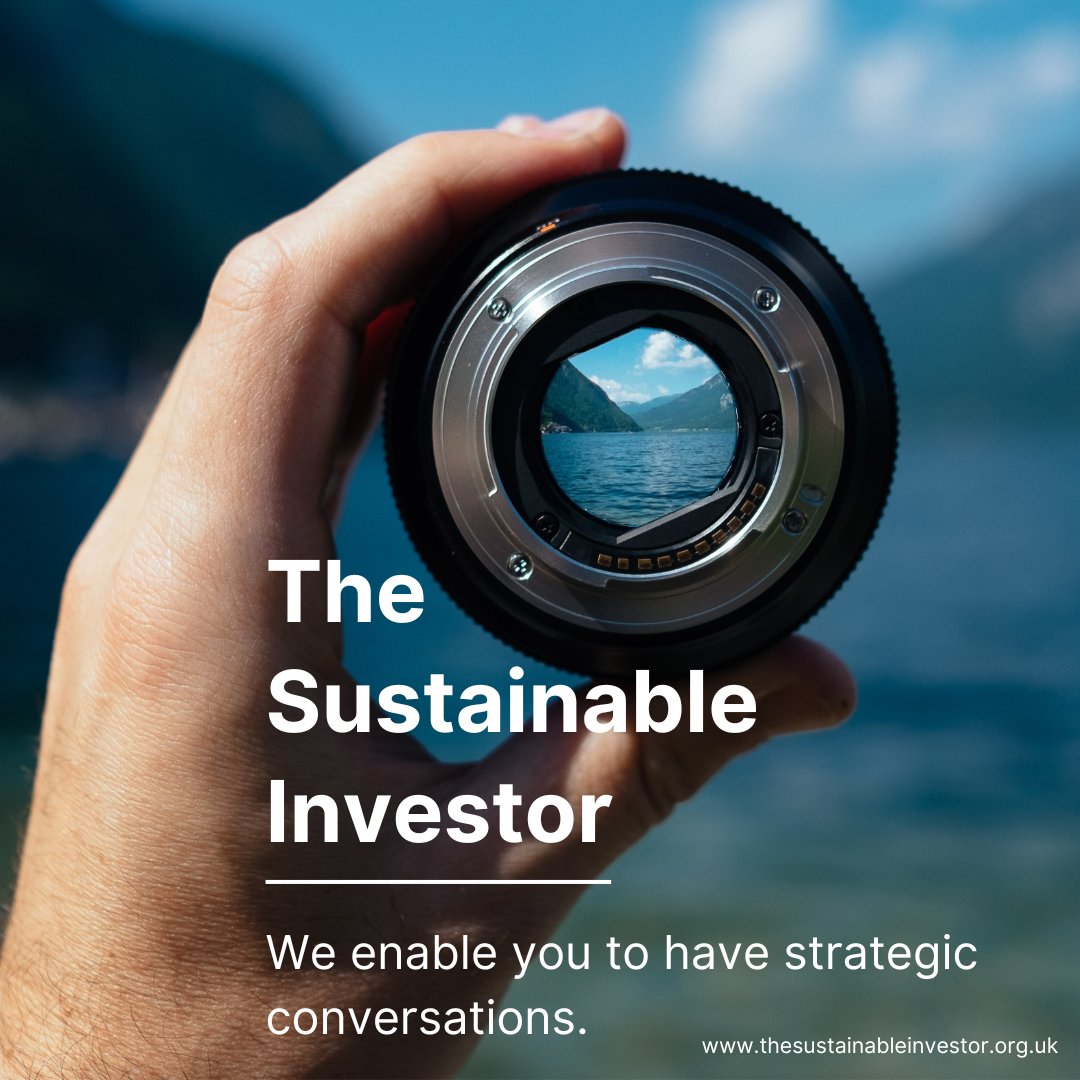
Sunday Brunch: transition and triathlon
Understanding that transition is a series of steps will be crucial in engaging stakeholders.
Sustainability transitions are a series of steps.
At school I played a lot of sport which continued when I went to university and into my twenties when I played football regularly for my employer at the time, Price Waterhouse. Then in my thirties, quite frankly I adopted a shameful disregard for my own health. As my fortieth birthday approached I found myself at the heaviest and most unfit I had ever been in my life. I decided that enough was enough and I would start hitting the gym. In order to push myself to go, I decided to put a marker in the sand, a goal to aim for, a target with a deadline: I signed up for a triathlon.
I picked a triathlon because it was well beyond my capability at the time. I had never really run further than one km in a running race, had only cycled to school and back (around three km) and effectively I couldn't swim. Or rather I could shift an awful lot of water in multiple directions for about 15 metres.
Just under nine months later and this was me, competing in the Blenheim Palace Triathlon (sprint distance) with one of my friends. I am on the front bike slightly ahead of him.

So how did I get there? It certainly wasn't overnight. I didn't flick a switch and suddenly I was a triathlete. I broke down my transition into a series of manageable steps. I needed to learn to swim properly, get my running distance up to 5 km and my cycling distance up to 20 km with speed over hills. And get my transition (no pun intended - it's how you switch between each of the three disciplines, getting out of your wetsuit etc) efficient. Those steps needed to be broken down into smaller steps. For swimming, getting my body positioning right, my breathing effective (or in my case, actually breathing at all!) and developing my 'catch'.
Getting those small steps right added up to me being able to complete that 2012 triathlon and subsequent ones leading to me eventually entering longer distance races including swimming 1.9 km - my 2010 self would have laughed hysterically at the thought of swimming that distance.
That series of steps continues. You can ALWAYS improve. So yes, whilst I am 'slightly ahead' of my friend, he is about to lap me. Yes. Lap me on a 3-lap course.
Sustainability transitions: a series of steps
Just with triathlon, the sustainability transitions are a series of steps.
If you want to read the rest and are not already a member...

Just with triathlon, the sustainability transitions are a series of steps.
Stages: To get from where we are now to where we want to be, there may be a number of intermediary stages. For example, with urban transportation, electrified mass transit and/or 20-minute neighbourhoods may be the ultimate goal, but to cater for existing car-centric urban design during that transition, mass rollout of EVs may be needed. Those steps can take many years requiring investment decisions with long payoffs.
The transition to green steel is an example of that need for stages, acting as a trailblazer for other hard to abate sectors 👇🏾

Individuals: Small incremental steps actively can be taken by individuals changing their own behaviour and improve the sustainability of their environmental / social footprint. In his book "How Bad are Bananas?: The Carbon Footprint of Everything" Mike Berners-Lee points out that a whole year's worth of watching TV may be similar to driving a car 500 miles for an individual. That represents about 6 weeks of the average person's daily commute in Germany. So an individual's footprint from watching TV doesn't seem that much. However whilst the individual contribution may be small, the number of individuals is big and so the collective impact could be huge.

Nudges: These are small, subtle changes to the environment or infrastructure influencing people's decisions and behaviour, often without them consciously realising it. A 2008 book by behavioural economist Richard Thaler and Cass Sunstein, "Nudge: Improving Decisions about Health, Wealth, and Happiness" first introduced 'nudge theory' into the mainstream. Whilst there has been some debate about their effectiveness overall, there are examples where small nudges in behaviour can help us be more sustainable, particularly in food and health-related areas.
For example, researchers from Bangor University made some subtle changes to the ways in which different foods were presented to primary school children, including improving the positioning and serving of fruit and making the labelling more attractive - “Dinosaur Tree Broccoli”, “Anti Sneeze Peas”, and “Superpower Satsumas”.
The researchers found that for the schools where changes were made, there were significant increases in the amount of fruit, vitamin C, and fibre consumed. In those groups 46.5% of children ate more fruit compared with 18.9% in the control group and only 9.3% ate less fruit compared with 17.8% in the control group.
For sustainability professionals, understanding that transition is a series of steps and what those steps are for a particular area or industry will be crucial in engaging investors and other providers of capital as well as those running businesses both strategically and operationally.
Anticipating change, and series of changes, can help with risk reduction and the delicate balance of keeping 'the lights on' during the transition. It can also help to plot the best path to reach the end goal. For example building a culture of diversity and inclusion is not simply a case of hiring people from different backgrounds and stirring! It is a sequence of steps to build a culture of inclusion that gets the best out of everyone. A transition.
However, transitional steps can face a number of barriers.
We shall discuss those in an upcoming Sunday Brunch.
Something a little more bespoke?
Get in touch if there is a particular topic you would like us to write on. Just for you.
Contact us
Please read: important legal stuff.


